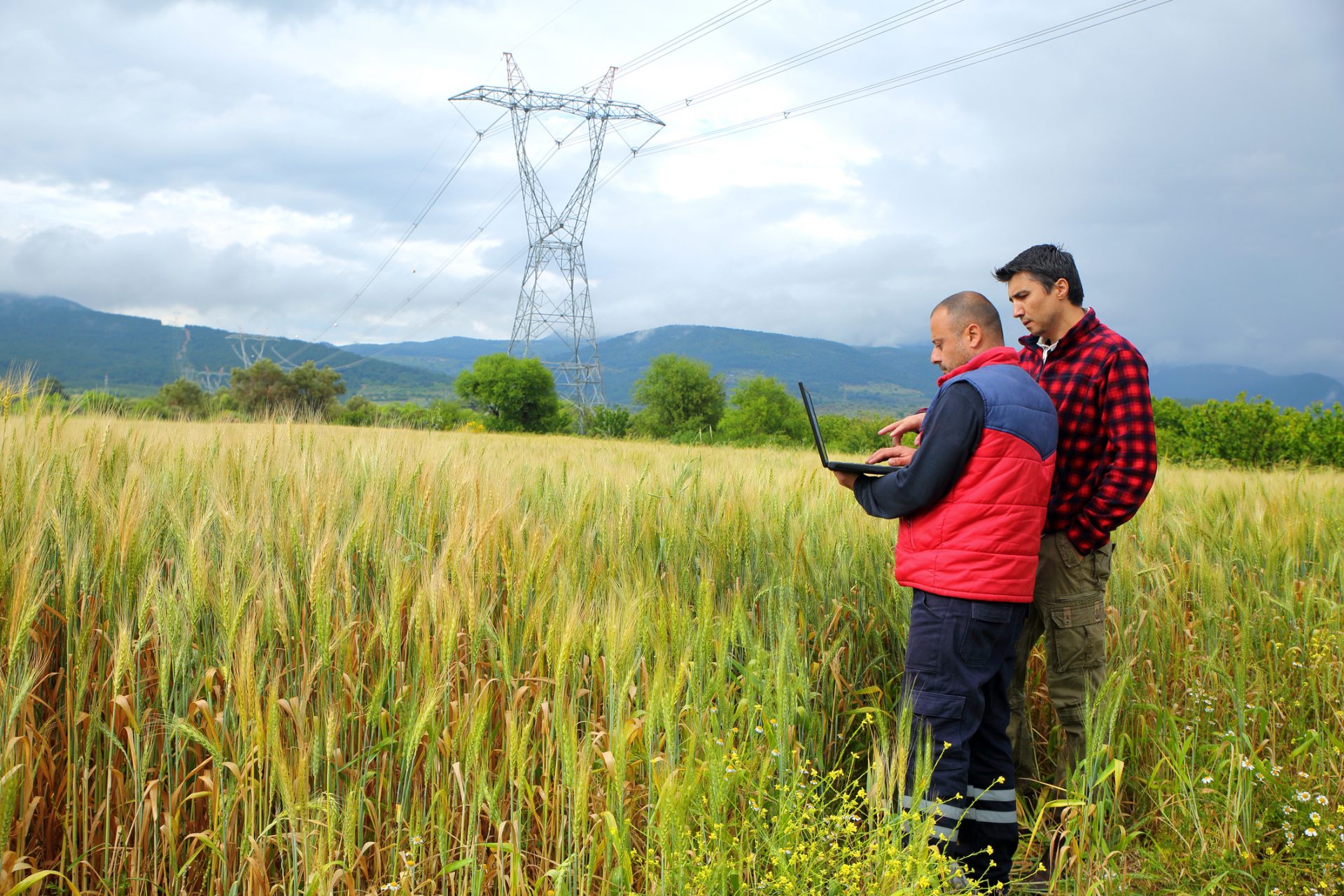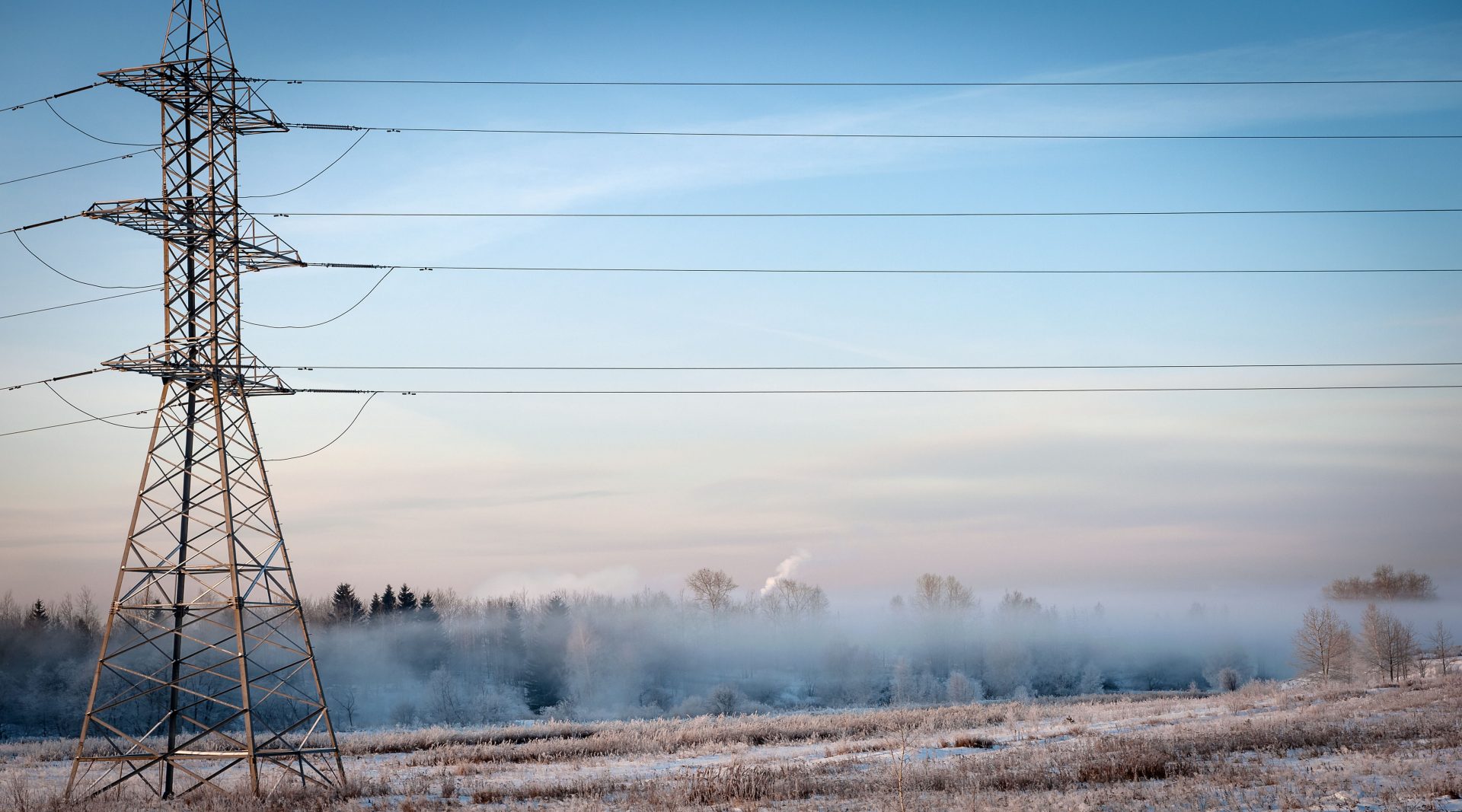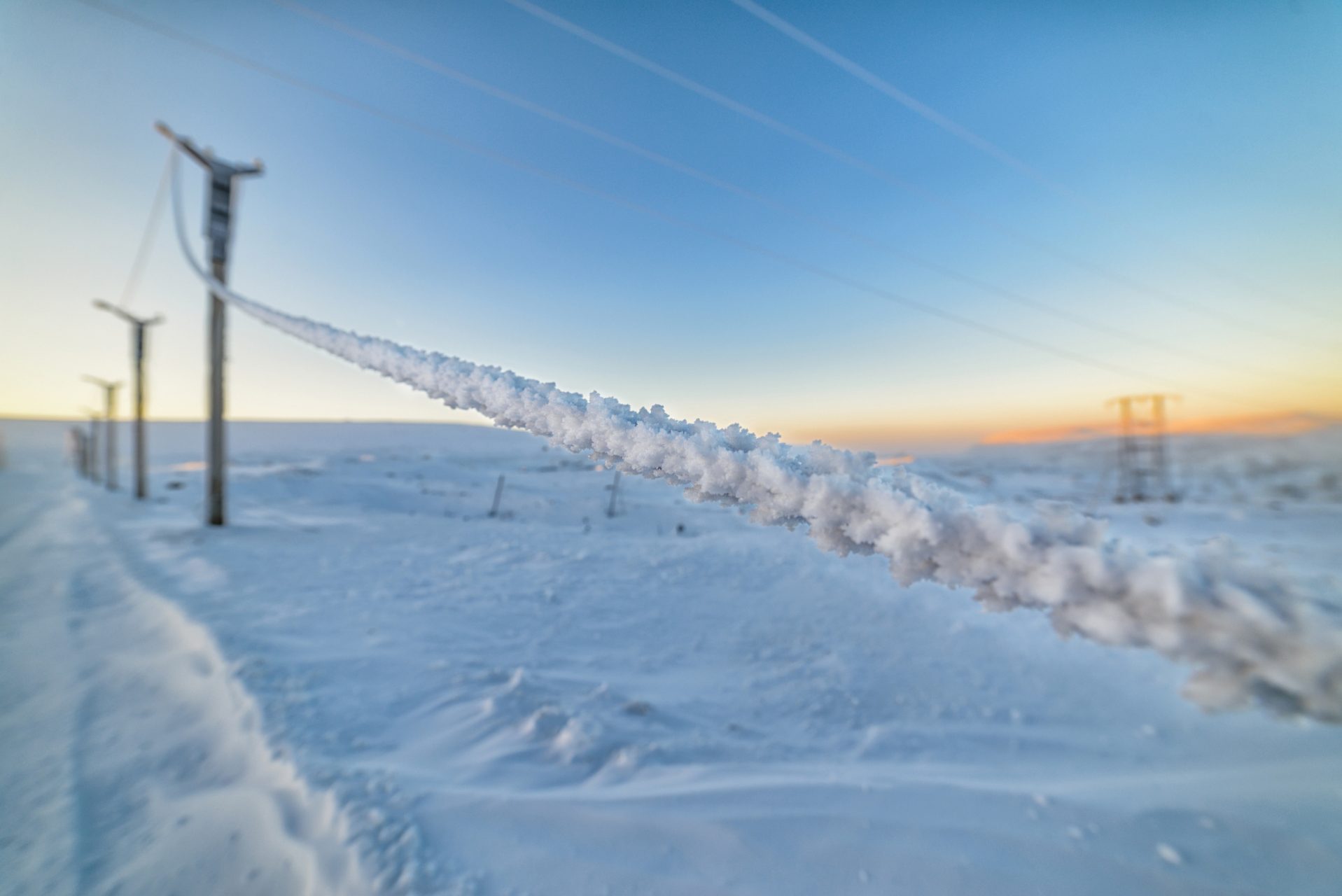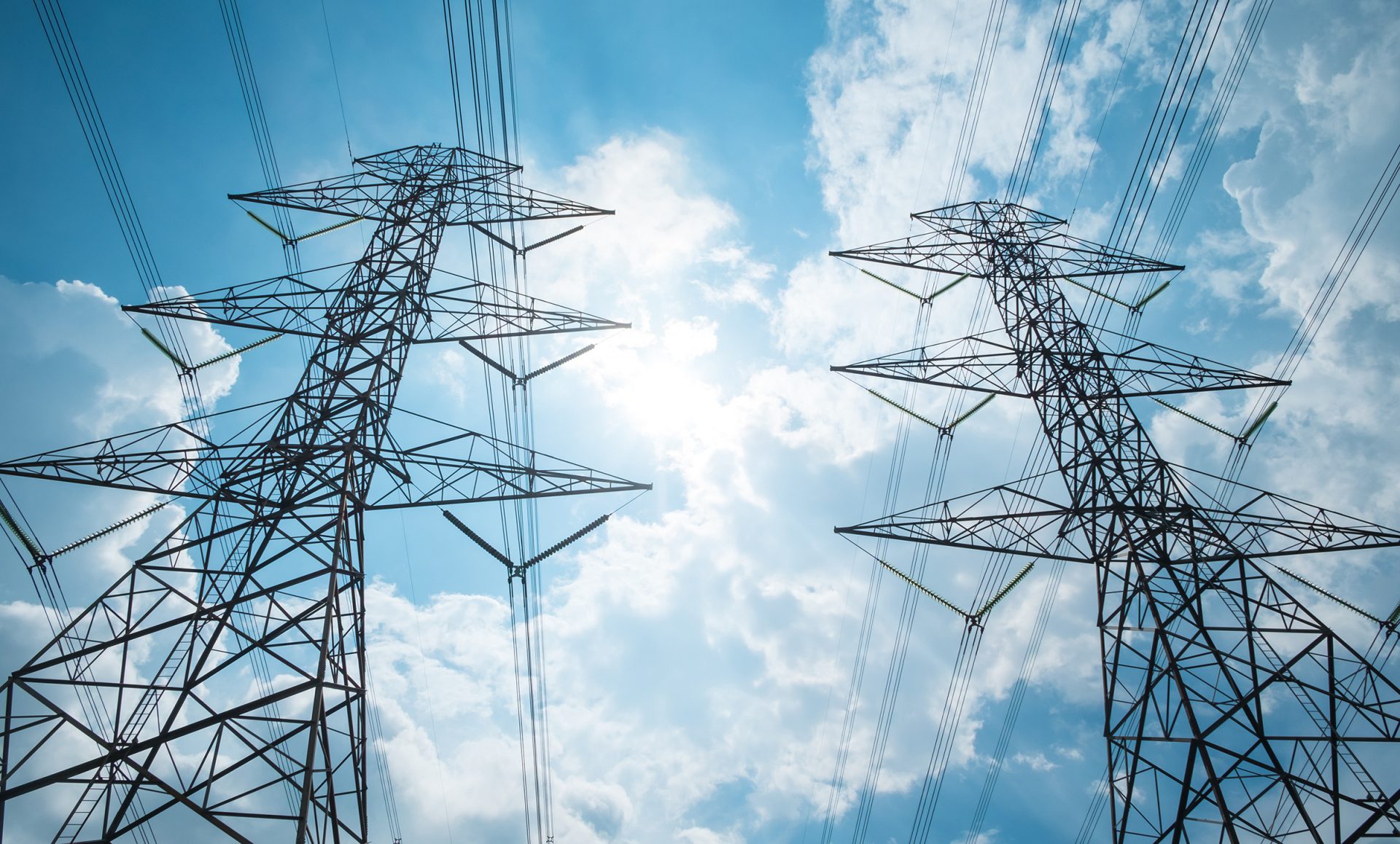Project Owner: Midwest Utility
Product Used: VR2® - Vibration Resistant Cable
Project: Overhead transmission line in ice-prone region
VR2® Vibration Resistant Conductors Make Installations Easy.
Where the winds blow free across the open spaces of the Midwest, aeolian vibration, ice storms, and ice galloping are serious problems for overhead transmission and distribution lines. When a large Midwest utility company was looking to utilize a better ice galloping preventative conductor for its electric operations, the company turned to a Southwire Company, LLC’s VR2 Vibration Resistant twisted pair cables. In the company’s installation,
When a large Midwest utility company was looking to utilize a better ice galloping preventative conductor for its electric operations, the company turned to a Southwire Company, LLC’s VR2 Vibration Resistant twisted pair cables. In the company’s installation, VR2 conductor made twisted pair conductor installation easier than the old twisted pair cable design.
VR2® Design Eliminates Bagging
Traditional vibration-resistant cable constructions have a history of being temperamental during installation. VR2® conductor, a new design from Southwire, solves the problem.
For his utility company, severe ice storms are a fact of life. The company estimated that restoration costs after a major ice storm in February of 2007 were approximately $70 million. “We saw anywhere from 1-2 ½ inches of ice on conductors,” says a project manager with the company.
Standard ice-galloping answer: twisted pair cables
For years, the standard preventive measure for aeolian vibration and ice galloping was to install cables made up of two individual stranded conductors twisted together. Southwire’s traditional version of this twisted pair construction was called VR or Vibration Resistant cable.
“Ice can add six or seven times the conductor weight to a line, and ice galloping breaks wires and pulls down poles,” says the project manager. “Twisted conductors tend to accumulate less ice, because of its design which allows ice to fall off once it starts to accumulate.”
Bagging problems slow installation
The problem with traditional twisted pair designs is that during installation, the conductors often separate, forming loops called “bagging.” Fixing bagging issues is time-consuming and labor-intensive for crews.
Company received Southwire technical support
In the summer of 2007, the utility crews encountered bagging problems when stringing traditional twisted pair cable. The utility company turned to Southwire for technical support on installation techniques. Southwire engineers worked with the crews to improve stringing practices, advising them on factors such as the size of the sheaves being used. Still, the installation modifications did not completely resolve the bagging problem. That is when the company turned to Southwire for a possible change in the twisted pair design.
Then came a new product: VR2® Conductor
At the same time, Southwire engineers were working on a new construction design for twisted pair cable. The new product was VR2 conductor, a Southwire exclusive using a patented cable construction that eliminates bagging. In early 2008, the utility company installed the VR2 conductors on a .65-mile stretch of 69 kV horizontal post insulator as a side-by-side comparison with traditionally constructed twisted pair conductor on different phases of the three-phase line. The traditional construction continued to exhibit bagging problems. The new VR2 went up without a hitch. “The difference was like night and day,” says the project manager.
The traditional construction continued to exhibit bagging problems. The new VR2 went up without a hitch. “The difference was like night and day,” says the project manager.
VR2 cable gives easy installation, regular appearance
A company travel crew foreman says, “We pull the wire in under tension. The old wire might start to come apart between the reel and the pole, or while it was going down the line. We’d have to put up people in bucket trucks to shake out the loops. The new wire just came in perfectly.”
He adds, “You could stand under the pole and listen to the wire moving through the sheaves. With the old wire, you could hear the twists passing through the sheaves at odd intervals. With the new wire, you could hear it clinking through the sheaves very regularly.”
Even after the installation, the VR2 conductor difference is apparent. The foreman says, “With the old wire, even after we shake out the loops, you can drive down the road and see the irregularity in the twist of the conductor. The VR2 conductor is completely regular. This new wire is good stuff.”
VR2 conductor is now Southwire’s standard construction
“The company has installed several hundred thousand feet of VR2 conductor so far, in sizes 1/0 and 4/0,” says Michael Lowery, sales manager for Southwire. “VR2 conductor is another example of a Southwire innovation with immediate benefits in the field. All of Southwire’s twisted pair cables will be using the new VR2 construction.”





Need Help?
Southwire has the trained experts to help you find the right product or solution!
